The last decade has been an era of broken housing promises in Vancouver. Whether it is the undelivered housing legacy of Vancouver 2010, the sell-off of the Olympic Village, the ultimate watering down of the Woodward’s promises, or the Mayor’s undelivered promise to end homelessness by 2014, few if any housing promises have gone unbroken.
If Vancouver city councillors get their way next week, an affordable family housing complex in central Vancouver – Heather Place – will be demolished and replaced with mostly expensive market housing. That will count as another serious broken housing promise, because to date Vancouver city councillors have committed to replacing the affordable housing at Heather Place.
The official Heather Place policy report was released to the public last month, revealing that – despite promises – the 86 units of affordable housing at Heather Place will not be replaced on a one-for-one basis.
Heather Place debate
In 2012, it was reported by The Mainlander that housing activists had criticisms of the redevelopment scheme. They claimed that a one-for-one replacement did not seem likely unless the terms of the redevelopment were significantly improved. City councillor Geoff Meggs – the politician responsible for the redevelopment – accused Heather Place critics of “libel,” promising on his blog that “Heather Place’s affordable housing units will be replaced on a one-for-one basis.”
A year later, in 2013, the plans remained unclear, prompting critics to publish another article in the Georgia Straight. The article reiterated that, “the possibility of a one-for-one replacement of affordable units [still appears] out of the question, according to plans.” That same year Meggs doubled down on his empty promise of a one-for-one replacement, claiming again that the “Heather Place redevelopment will replace [the] 86 social housing units.”
Current plan
Finally last month the city’s official policy report for Heather Place was released to the public. The newest version of the plan states clearly that there will not be a one-for-one replacement of affordable housing at Heather Place.
Instead, the current 86 units of affordable housing will be broken down into three categories:
-
26 units of affordable social housing replaced one-for-one at same rents;
-
26 units at market rents: $1,800 for two-bedroom units, which currently rent for $1,100 Heather Place. These units will be unaffordable, but rent vouchers will be made available for tenants if government finances allow. To learn more about the loopholes in this part of the scheme, read an article by Heather Place tenant Karen Gilchrist, “Four Reasons Why the Redevelopment Model at Heather Place Isn’t Good for Affordability.”
-
The remaining third of the 86 units will rent at full market rates, which means that these units will not be counted as one-for-one replacement housing.
In the end, four out of ten (34/86) existing affordable units at Heather Place will be replaced with market rate units. This means a minimum 40% decrease in affordable units for working class and low-income families in Vancouver.
War of attrition
Over the past year the landlord (Metro Vancouver Housing Corporation) has dragged tenants through a lengthy, nerve-testing process of endless meetings and paperwork, all while threatening to sell the property to a private developer. As a result, more than 30 modest income households have retreated from Heather Place.
Their housing will not be replaced in the redevelopment.
Rather than a one-for-one affordable replacement, as so often promised by Vision Vancouver and the politicians of Metro Vancouver, there will instead be a significant increase in market housing on the site and a significant decrease in affordable housing, all in the midst of a worsening housing crisis.




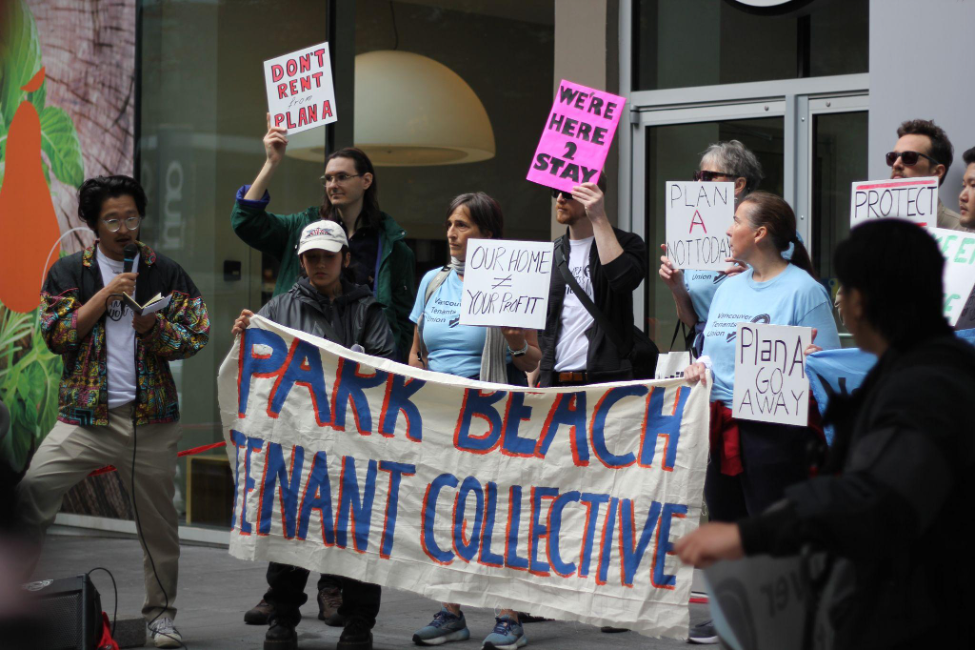


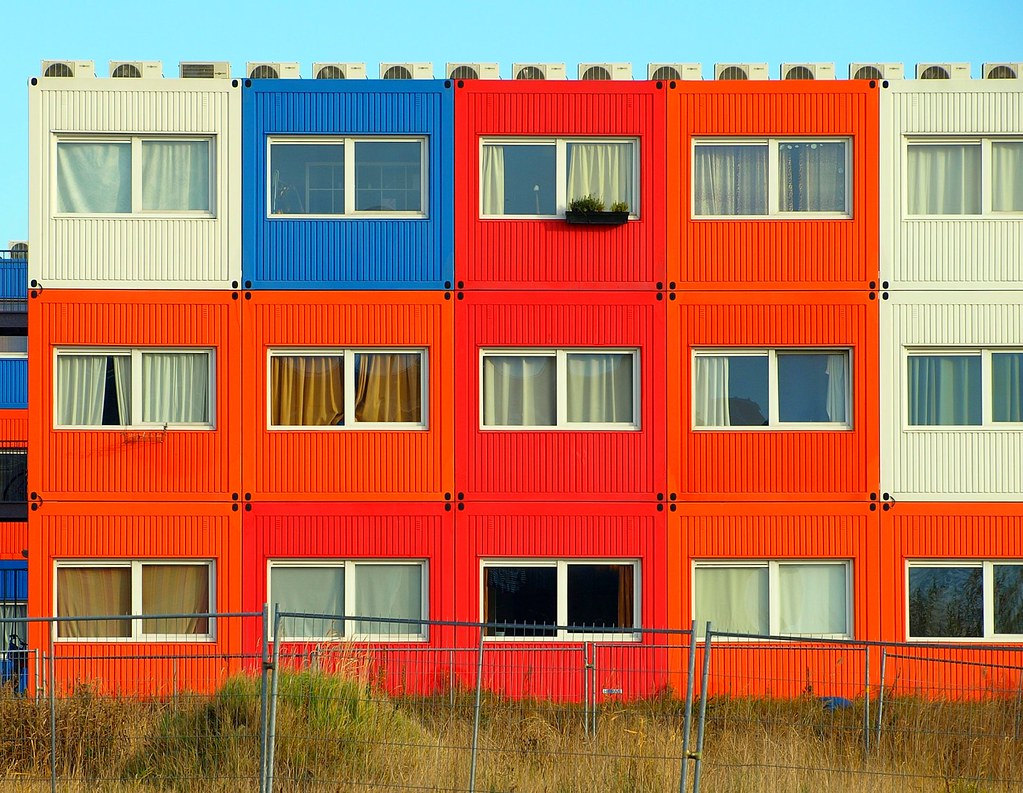



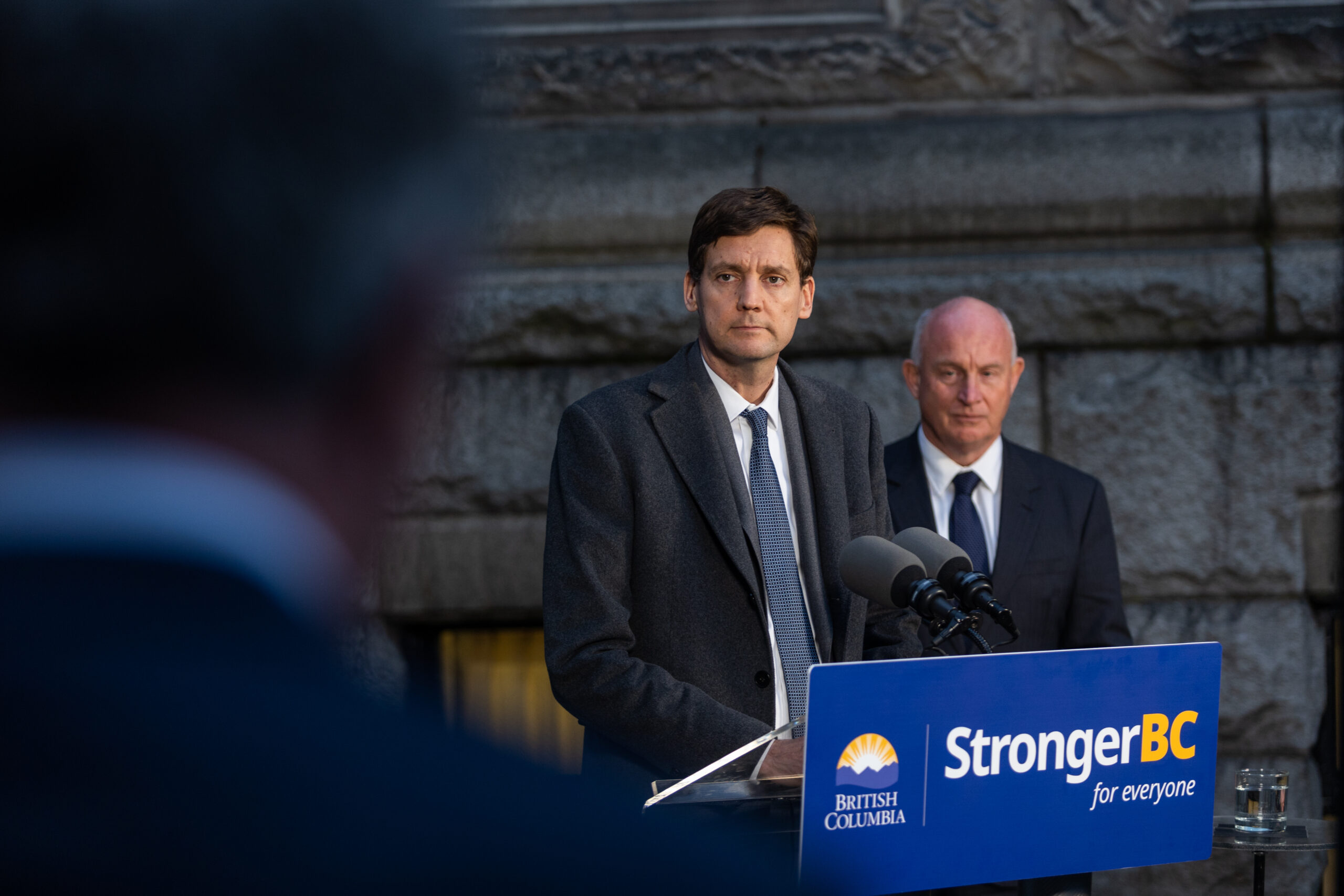


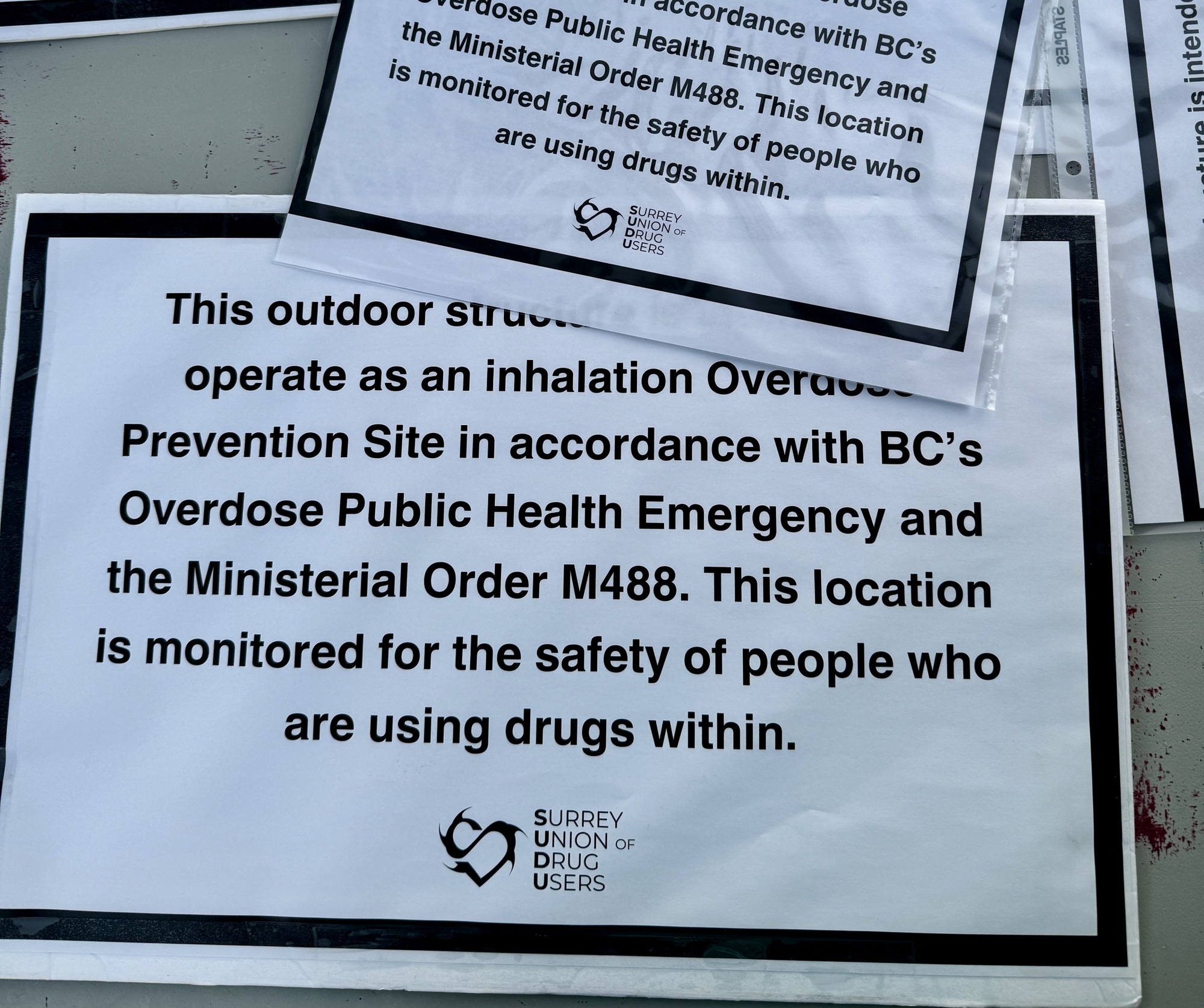



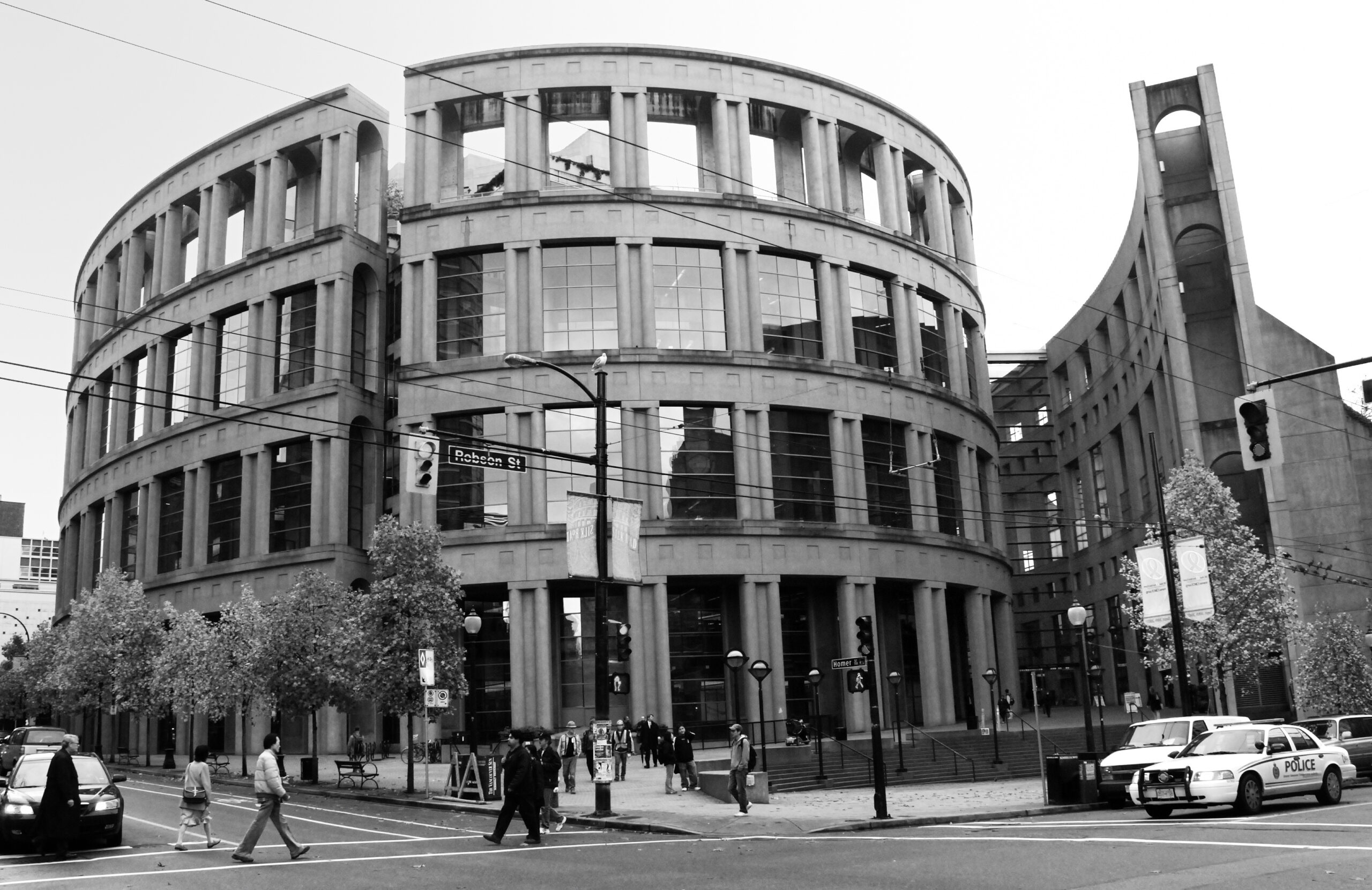
PDK
April 11, 2014 at 3:01 pm
hmmm…. to my reading
the project is increasing the supply of RENTAL projects that we desperately need. It’s not building condos.
More importantly, it creates family-suited 69 two-bedroom units and 49 three-bedroom units – all purpose-built rental – and will also increase the subsidy to a total of 30% of all the 230 units that are built on the sites through internal subsidies created through the market component.
To my reading of the staff report, it will also allow existing tenants, who are subsidized, to maintain their subsidy at current levels (26 households). Additional 26 households who would be paying more in the new unit will also receive a subsidy.
How would you achieve the replacement of highly-subsidized units in the absence of senior level funding? I think this is an innovative proposal… and we should urge our Councillors to lobby the provincial and federal government more efficiently….
Mike
April 11, 2014 at 4:41 pm
I’m confused by this article. You say: “In the end, four out of ten (34/86) existing affordable units at Heather Place will be replaced with market rate units.”
But the report says: “Of the 86 housing units currently at Heather Place, 26 households are subsidized (30% of the current total number of units). […] At initial occupancy, the housing agreement will require that 23% of the units (52 of the 230 proposed units) be subsidized. The housing agreement will also commit MVHC to achieve 30% of the units to be subsidized within five years.”
So are there 86 current units of socialized housing, or 26? According to the report, the number of social housing units is going to *increase*. What am I missing here?
Nathan Crompton
April 11, 2014 at 5:05 pm
As you’ve quoted, it says that there will be 52 affordable units in the new Heather Place (page 9 of Policy Report). Currently there are 86 –> i.e. thirty-four out of 86 existing affordable units at Heather Place will be replaced with market rate units.
I think the reason they’re claiming there will be an increase in affordable housing (“230 units of social housing”) is because city council has completely changed the definition of social housing. “Social housing” now means simply public rental units, most of them renting at any market price whatsoever (page 3 of Policy Report).
In terms of the five-year commitment, it’s a throwaway line that states *maybe* five years after the buildings are constructed (i.e. a decade from now!!!) Metro Vancouver will consider adding the lost affordable units. But it’s merely a “target,” and when it comes to CoV housing promises I’ve never seen a “target” obtained because it means nothing.
Mike
April 11, 2014 at 5:14 pm
OK, this is where you’ve lost me. Only 26 of the current 86 are subsidized housing, the rest are market rental. So, factually, the number of subsidized units will go up, right?
If your problem is that the average rent of the market value rentals in the new building will go up, then yeah, sure. But at least the current occupants are protected:
“there are 26 other existing tenant households who are currently paying low end of market rents. Market rents in the new development will be higher than existing market rents because the units are brand new. In order to avoid a situation where these 26 households will have to pay more than 30% of their income in order to remain in the new development, MVHC has agreed to subsidize those households in the new development.”
So they’re 1) increasing the number of subsidized units, 2) protecting the current occupants who are paying market rent from a major rent increase, and 3) increasing the total rental stock in the city. I mean it would be great if the development was 100% subsidized, but it seems like you’re criticizing a good plan because it’s not perfect.
Claire
April 11, 2014 at 6:54 pm
Mike, all of the current units are affordable.
Where the article states “Instead, the current 86 units of affordable housing will be broken down into three categories,” the emphasis is on “will be.” The new plan includes 1/3 subsidized, 1/3 market with possible (emphasis on possible) rent vouchers, and another 1/3 completely market.
Therefore, the redevelopment takes an entirely affordable building and replaces only a third as is, leaving the other 2/3 of families in a precarious housing situation. The tenants are not protected.
All of the city’s communication is really confusing and contradictory, they emphasize that the redevelopment will affect affordability simply based on the fact that it includes rental. But what it comes down to is that people are anticipating the loss of their long-term homes.
Nathan Crompton
April 11, 2014 at 7:12 pm
Mike, a few things are incorrect in your post. Firstly, there will not be an increase in the number of subsidized units at Heather Place. A majority of the existing units (60 out of 86) will have major rent increases attached to them (starting at a $700 monthly increase from the current $1,100 to the future $1,800 for two-bedroom). Less that half of the families in those units (26 out of 60) will be offered a conditional subsidy/rent supplement, not attached to the unit but to the tenant. The number of subsidized units will be the same, while the affordability on the rest of the 60 units will disappear. Your statement that the plan “protects the current occupants from a major rent increase” is false. These protections, in the form of a Reagan-inspired rent supplement, will only apply to less than half (26 tenants) of the existing “low-end market” renters, thereby cutting the one-for-one replacement promise IN HALF.
Metro Vancouver’s refusal to build actual affordable units is beyond me. What’s the point of building expensive units and then forcing tenants to apply for a conditional rent supplement every year? It’s clear that the uncertainty, stress and additional paperwork has already forced out dozens of tenants. Not to mention the fact that the rent supplements are themselves problematic and don’t factor in basic costs of living. Single mothers are currently paying thousands of dollars per month towards student debt and childcare costs. None of those costs are factored into the subsidy calculation, rendering the new rents utterly unaffordable. The rent supplement system is completely flawed, and yet Metro Vancouver is not even willing to extend it to half the affected tenants!
You state that “it could be worse.” But that’s neither here nor there, because my only point in writing this article is to show how the promise of a one-for-one replacement has been broken. It’s up to people to decide on their own if it makes sense to demolish existing affordable housing in the midst of a housing crisis.